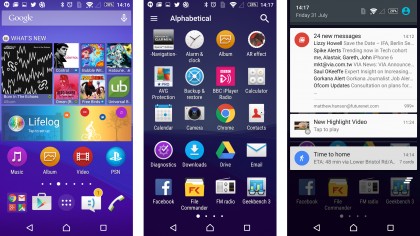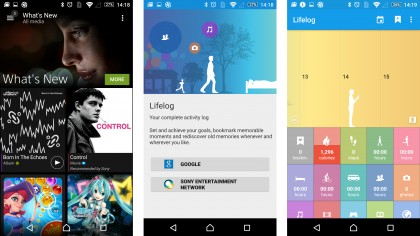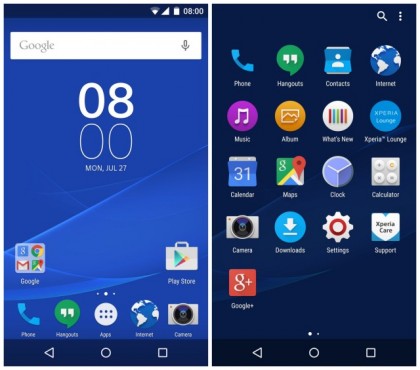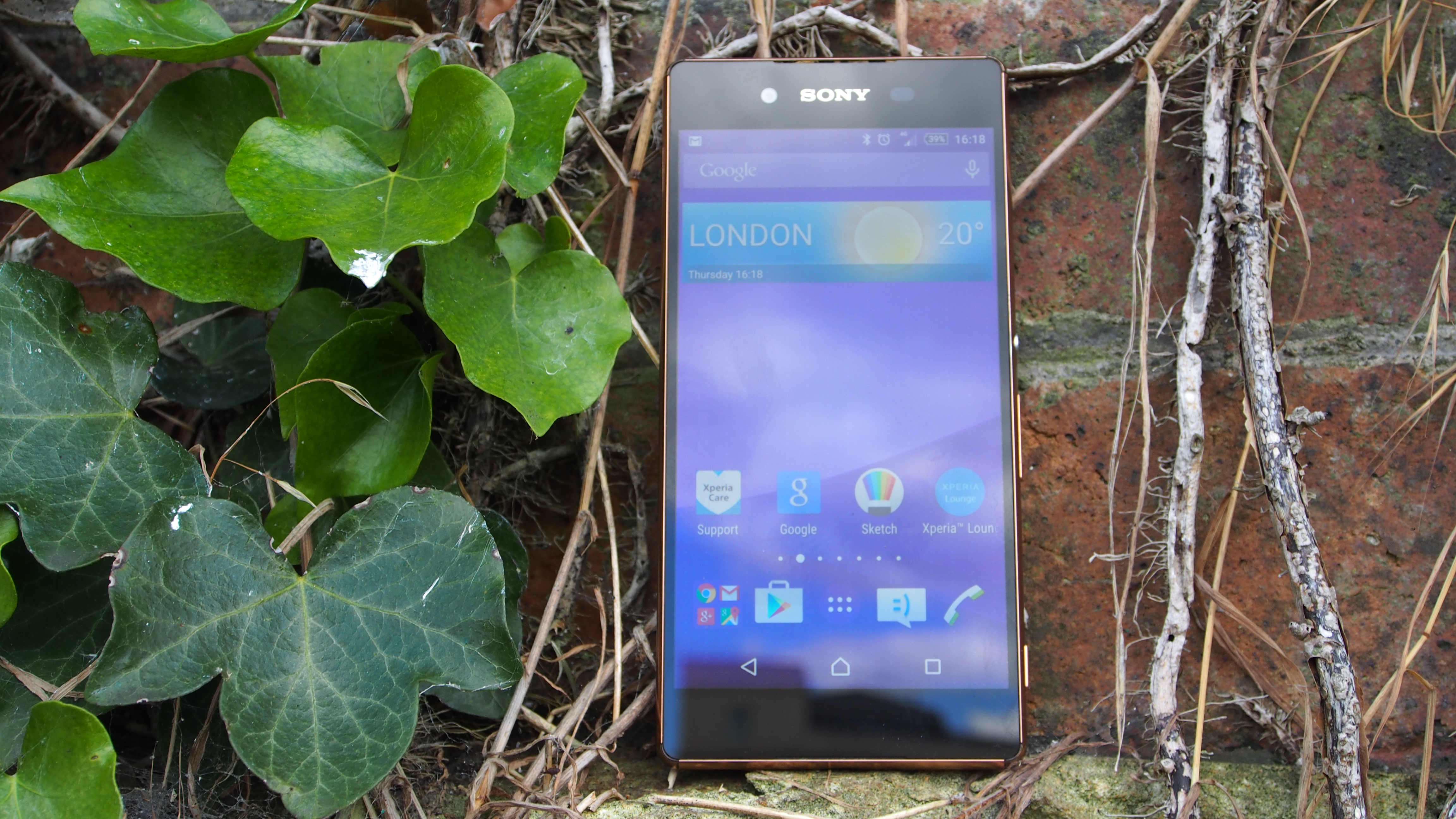Why you can trust TechRadar
There's been a lot of news about the performance of the Z3+ since its launch, and unfortunately it's not all that positive. Sony's decision to go with the SnapDragon 810 chipset, which has been affected by overheating issues, caused some concern when it was announced.
While other manufacturers ditched Qualcomm's chipset in favour of an alternative (like Samsung's Exynos SoC or the LG G4 going for the SnapDragon 808), Sony stuck with the 810, perhaps in hope that the higher specs would turn attention away from any heating issues.
Unfortunately that wasn't to be the case, with news quickly emerging about how hot the Z3+ would get – especially when recording video.
When using the Z3, which has the SnapDragon 801 chipset, I found the handset would get pretty hot, especially when browsing the internet or taking 4K video (which would cause the app to shut down). To hear that the Z3+ also suffered heating problems was a disappointment, but I wanted to see (and feel it) for myself.
When browsing the internet on both 4G and Wi-Fi, it was disconcerting to feel how hot the Z3+ became after ten minutes of use. At this point the Z3+ didn't crash, but it wasn't a satisfactory or comfortable experience for a seemingly flagship smartphone.
There were also a few instances where I noticed the Z3+ getting hot in my pocket – usually when the screen had turned itself on and loaded up an app while I was moving. Sure, this meant I was aware that the Z3+ had accidentally been unlocked, but I'd rather a phone that didn't warm up my thigh quite so easily.
In response to the heating issues, Sony has said that users should turn off the phone occasionally throughout the day until a fix has been released, which is far from ideal. After all, you don't want to spend money on a new phone, only to be told that you should turn it off to keep it cool.
Sign up for breaking news, reviews, opinion, top tech deals, and more.
On the whole I was pretty impressed with the performance of the Z3+, with Android Lollipop 5.0.2running smoothly. Most apps opened with barely a pause, though a few more demanding ones took a moment or two to start the first time I loaded them up.

Graphically intensive games, such as Real Racing 3, performed very well, with the Adreno 430 GPU doing a good job of delivering visuals to the 1080p screen of the Z3+. In my many laps of the race course, I barely noticed any dropped frames, with the Z3+ keeping up admirably.
Of course the handset started getting hot when playing the game, which is a shame because otherwise I found the Z3+'s performance to be pretty good, with it scoring 4057 on the Geekbench 3 benchmark test. This compares pretty well with the Galaxy S6, which is a fair bit more expensive, but scores only slightly higher at 4846.
When running Geekbench 3 on the older Xperia Z3, it scored 2737, which is a decent step up from its predecessor – more so than the modest jump from the Xperia Z2 to the Z3.
The Xperia Z3+ comes with Android 5.0 Lollipop installed. This isn't quite the latest version (some handsets are sporting Android 5.1), but it does mean you're getting a pretty up-to-date Android experience right out of the box.

As with Sony's previous handsets, a custom interface is installed over Android 5.0, along with a number of preinstalled apps, which many people uncharitably term 'bloatware'.
Sometimes these apps can be useful, but on the whole, the ones that come with the Xperia Z3+ are pretty pointless - for example the "Lifelog" activity log probably won't be used when there are so many more popular – and better – activity and health logging apps to choose from.
The "What's New" widget is also plonked onto your home screen, telling you about films, music, apps and games that you're unlikely to be interested in, and just makes the screen look a bit busy and ugly. A lot of what is displayed on the widget appeared on the Xperia M4 Aqua a while ago – so it doesn't feel like it's particularly up to date or even necessary.
Some of the other apps, such as Sony's Music app, are a little better – especially since Sony dropped its Music Unlimited streaming service and integrated the much more popular Spotify service. However, if you don't have a Spotify account, this again feels pointless.
The same can be said for the preinstalled PlayStation app. It's great if you have a PlayStation 4, but if not, this is yet another app that takes up space and won't get used.
Apart from the long list of unwanted apps, the interface is reasonably close to stock Android, with a similar app launcher. However, it doesn't list apps alphabetically by default, which does mean finding certain apps can be a bit of a chore.
You don't get Google's new Material Design aesthetic either. Instead you get a live wallpaper that mimics the background of the PlayStation 3, which looks OK but nothing special.
The good news is that Sony is actively looking at overhauling its user interface, and replacing it with a new "Concept for Android" UI. From early images, it looks like this new interface will take more cues from Android Lollipop's Material Design, and will (hopefully) lay off the preinstalled apps.

For the moment, I'll repeat what I said about the interface of previous Xperia models: it's fine if you've invested in Sony's ecosystem and use a number of its services, but if not, you'll find a lot of unwanted apps.

Matt is TechRadar's Managing Editor for Core Tech, looking after computing and mobile technology. Having written for a number of publications such as PC Plus, PC Format, T3 and Linux Format, there's no aspect of technology that Matt isn't passionate about, especially computing and PC gaming. He’s personally reviewed and used most of the laptops in our best laptops guide - and since joining TechRadar in 2014, he's reviewed over 250 laptops and computing accessories personally.
